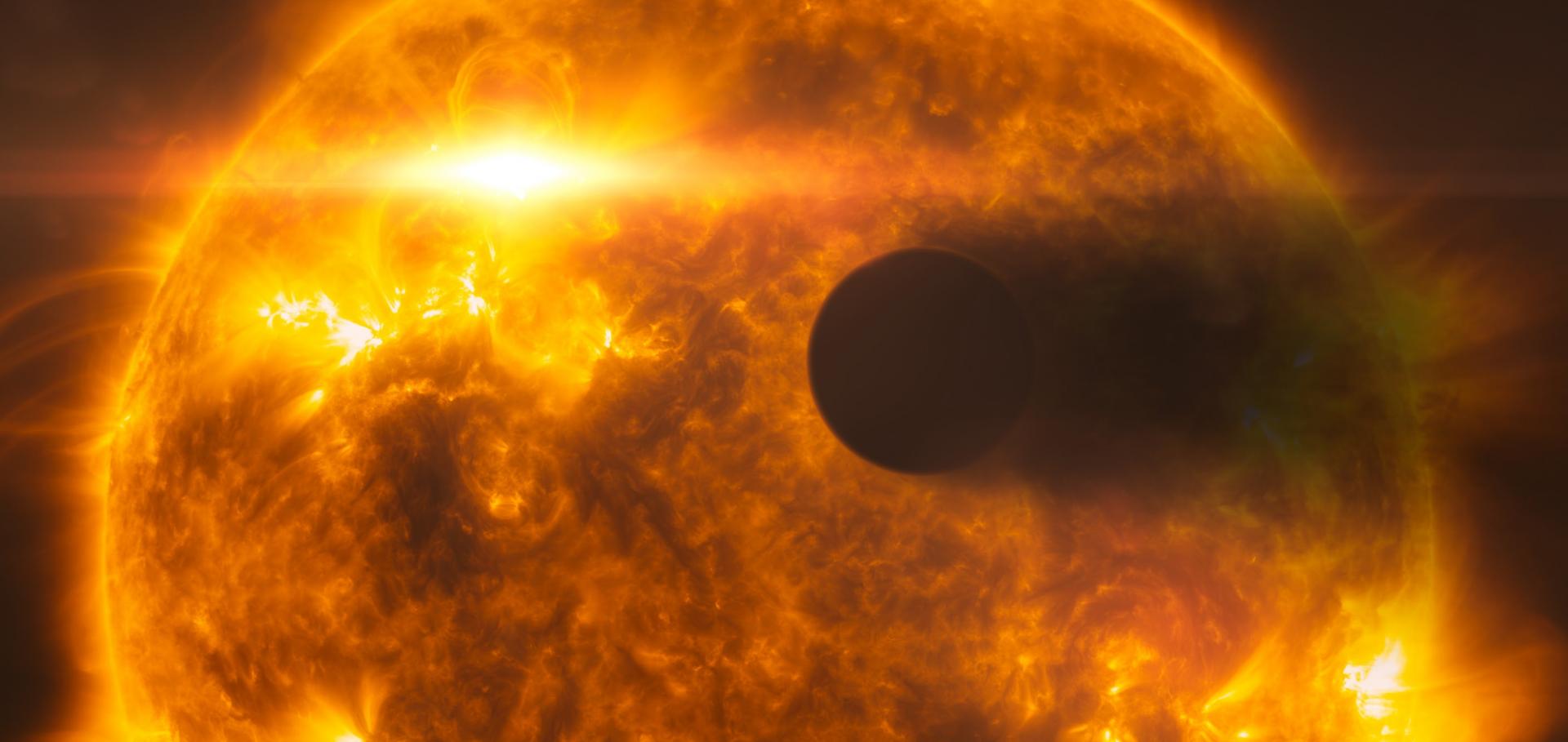Mon-735: A new low-mass pre-main sequence eclipsing binary in NGC 2264
(2020)
Transiting exoplanets from the CoRoT space mission
Astronomy & Astrophysics EDP Sciences 635 (2020) a122
Understanding and mitigating biases when studying inhomogeneous emission spectra with JWST
Monthly Notices of the Royal Astronomical Society Royal Astronomical Society 493:3 (2020) 4342-4354,
Abstract:
Exoplanet emission spectra are often modelled assuming that the hemisphere observed is well represented by a horizontally homogenized atmosphere. However, this approximation will likely fail for planets with a large temperature contrast in the James Webb Space Telescope (JWST) era, potentially leading to erroneous interpretations of spectra. We first develop an analytic formulation to quantify the signal-to-noise ratio and wavelength coverage necessary to disentangle temperature inhomogeneities from a hemispherically averaged spectrum. We find that for a given signal-to-noise ratio, observations at shorter wavelengths are better at detecting the presence of inhomogeneities. We then determine why the presence of an inhomogeneous thermal structure can lead to spurious molecular detections when assuming a fully homogenized planet in the retrieval process. Finally, we quantify more precisely the potential biases by modelling a suite of hot Jupiter spectra, varying the spatial contributions of a hot and a cold region, as would be observed by the different instruments of JWST/NIRSpec. We then retrieve the abundances and temperature profiles from the synthetic observations. We find that in most cases, assuming a homogeneous thermal structure when retrieving the atmospheric chemistry leads to biased results, and spurious molecular detection. Explicitly modelling the data using two profiles avoids these biases, and is statistically supported provided the wavelength coverage is wide enough, and crucially also spanning shorter wavelengths. For the high contrast used here, a single profile with a dilution factor performs as well as the two-profile case, with only one additional parameter compared to the 1D approach.Understanding and Mitigating Biases when Studying Inhomogeneous Emission Spectra with JWST
(2020)
A robust, template-free approach to precise radial velocity extraction
Monthly Notices of the Royal Astronomical Society Oxford University Press 492:3 (2020) 3960-3983


